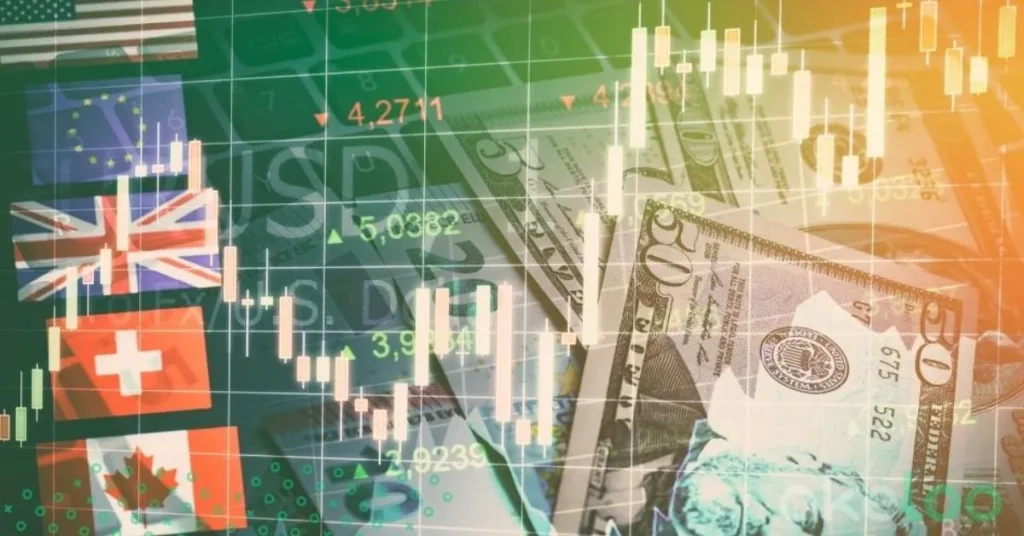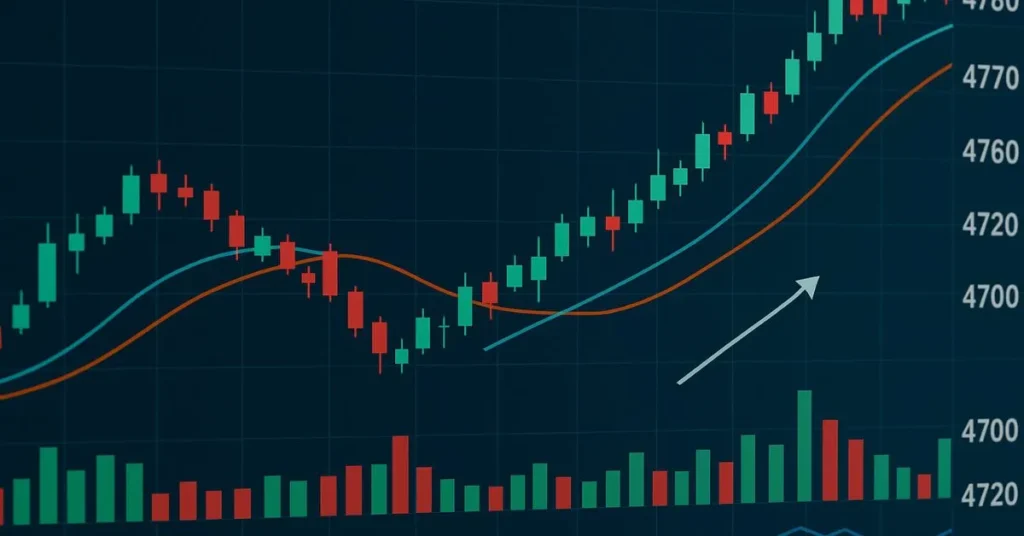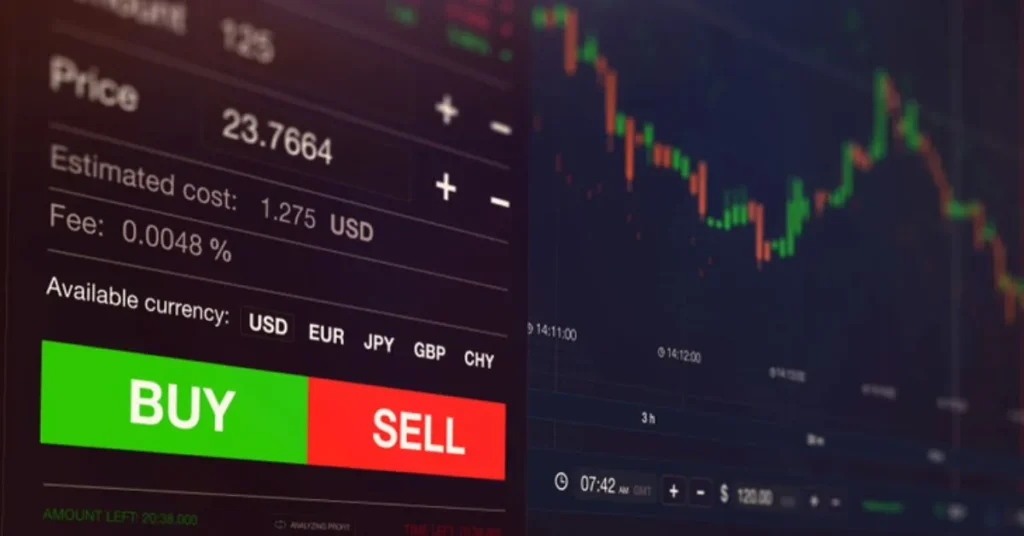Trading in the global currency marketplace can be both exhilarating and daunting. From the moment you place your first order to the refinement of your strategy over weeks or months, every step offers new challenges and insights. In this guide, we’ll delve into practical, real‐world advice to help you navigate Forex with confidence, equipping you to make informed decisions and develop consistency in this dynamic environment.
Embarking on your Forex journey requires more than a platform sign‐up; it demands a solid foundation built on knowledge, discipline, and ongoing adaptation. Here, you’ll discover essential concepts, nuanced strategies, and personal observations drawn from experienced traders. Our aim is to transform complexity into clarity, ensuring you’re supported at every stage of learning how to trade Forex effectively.
Understanding the Forex Market
To excel at Forex, you must first understand its unique characteristics and mechanics. Forex, short for foreign exchange, is the largest financial market in the world, with over $6 trillion traded daily. Unlike stock exchanges, Forex operates 24 hours a day across three major trading sessions: Asian, European, and North American. This continuous operation means liquidity and volatility can vary dramatically depending on the time of day.
One of the most important insights about Forex is that currency pairs move relative to each other. You’re not buying a currency in isolation—you’re buying one and selling another simultaneously. Major pairs like EUR/USD, USD/JPY, and GBP/USD account for the bulk of trading volume and offer tighter spreads. Exotic pairs, such as USD/SGD or GBP/TRY, may present higher potential profit and risk due to wider spreads and lower liquidity.
Key Forex Trading Strategies
In Forex, there’s no one-size-fits-all approach. Traders subscribe to a variety of strategies, each with its own risk‐reward profile. Swing trading, for instance, aims to capture multi-day trends by combining technical analysis with fundamental catalysts, like central bank announcements. Day trading, on the other hand, closes positions before the market day ends to avoid overnight risk.
Scalping is another popular approach; it focuses on capturing small price movements by executing dozens or even hundreds of trades per session. A typical scalper might target just 5–10 pips per trade, relying on high leverage and ultralow spreads. Meanwhile, position trading involves holding trades over weeks, or months, to profit from broader macroeconomic shifts. Whichever path you choose, align your strategy with your personality, time availability, and risk tolerance.
Key strategy checklist:
- Define your trading timeframe
- Identify entry and exit rules
- Determine position size and leverage
- Backtest on historical data
Risk Management in Forex Trading
Risk management is the foundation of long-term success in Forex. Even the most accurate strategy will fail without proper money management. Begin by calculating your risk-per-trade, often recommended at 1–2% of your trading capital. This ensures that a string of losses won’t wipe out your account. Use stop-loss orders to cap potential losses and take-profit levels to secure gains when the market moves in your favor.
Another important concept is the risk-reward ratio. A 1:2 ratio, risking 50 pips to potentially gain 100 pips, allows you to be profitable even if you win only 40% of your trades. Diversification across different currency pairs can reduce the impact of a single losing position. Also consider correlation—pairs like EUR/USD and GBP/USD often move together, so trading them simultaneously can amplify risk.
Practical risk-management tools:
- Fixed fractional sizing
- Volatility-adjusted position sizing
- Daily drawdown limits
- Margin usage monitoring
Technical Analysis Essentials
Technical analysis serves as the cornerstone for many Forex traders. It interprets price charts through patterns, trend lines, and indicators to forecast future movements. Simple moving averages (SMA), for example, smooth price data over a chosen period, helping traders identify trend direction. A common tactic is the crossover strategy, where a short-term SMA crossing above a long-term SMA signals a buy.
Momentum indicators, such as the Relative Strength Index (RSI) or Moving Average Convergence Divergence (MACD), gauge market strength and potential reversals. Fibonacci retracement levels help identify potential support and resistance zones by dividing the distance between a high and a low into key percentages (23.6%, 38.2%, 61.8%). Price action traders, by contrast, rely purely on candlestick patterns and chart formations, such as pin bars, engulfing bars, and head-and-shoulders.
Popular chart patterns:
- Double tops and bottoms
- Triangles (ascending, descending, symmetrical)
- Flags and pennants
- Head and shoulders

Fundamental Analysis for Forex Traders
While technical analysis focuses on price history, fundamental analysis examines the economic forces driving currency values. Interest rate differentials, economic growth figures, and geopolitical events can trigger large moves in Forex. For instance, a surprise rate cut by the Federal Reserve can weaken the U.S. dollar, leading to rapid shifts in pairs like USD/JPY and EUR/USD.
Key economic indicators include GDP growth rates, inflation (CPI/PPI), unemployment figures, and retail sales data. Central bank meetings and minutes, especially from the European Central Bank (ECB), Bank of England (BoE), and U.S. Federal Reserve (Fed), are among the most market-moving events. Traders often position themselves ahead of these announcements by analyzing the consensus forecasts versus potential surprises.
Fundamental analysis workflow:
- Monitor central bank policy statements
- Track leading economic data releases
- Assess geopolitical stability and trade tensions
- Incorporate market sentiment surveys
Developing a Forex Trading Plan
A well-structured trading plan provides clarity, discipline, and a benchmark for performance. Your plan should outline your trading goals, risk tolerance, and preferred strategy. Start by defining your target return and acceptable drawdown. Next, specify entry and exit criteria—these could be based on technical triggers, fundamental catalysts, or a hybrid of both.
Include daily routines, such as pre-market analysis, journaling, and regular strategy reviews. A journal enables you to record each trade’s rationale, outcomes, and lessons learned. Periodically review your performance metrics: win rate, average profit vs. loss, and expectancy. Adjust your plan based on what the data reveals. Remember, a trading plan is a living document that evolves as markets and your skills mature.
Trading plan components:
- Objective and time horizon
- Trading methodology and tools
- Risk management rules
- Performance tracking system
Choosing the Right Forex Broker
Your broker is the gateway to the Forex market, making this choice critical. Look for a broker regulated by reputable authorities such as the UK’s Financial Conduct Authority (FCA), the U.S. Commodity Futures Trading Commission (CFTC), or the Australian Securities and Investments Commission (ASIC). Regulation ensures your funds are segregated and the broker adheres to strict capital requirements.
Evaluate trading conditions: spreads, commissions, leverage options, and minimum deposit requirements. Spreads can range from as low as 0.1 pip on major pairs with ECN brokers to 2–3 pips with market-makers. If you plan to use automated strategies, assess the broker’s support for APIs and Expert Advisors (EAs). Finally, test their customer service responsiveness, deposit/withdrawal processes, and platform stability using a demo account before committing real capital.
Broker comparison factors:
- Regulatory oversight
- Execution type (ECN vs. STP vs. market-maker)
- Fee structure and funding options
- Platform features and tools
Check out which brokerage options might be good
Psychology and Discipline in Forex
Emotional control is often the overlooked dimension of Forex mastery. Fear and greed can lead to premature exits, impulsive entries, and overleveraging. Establishing discipline starts with following your trading plan without deviation. Use automation where possible—predefined stop-loss and take-profit orders help remove emotional decision-making.
Mindfulness practices, such as deep breathing or short meditation sessions, can help maintain a calm mindset during volatile sessions. Reflect on each trade in your journal, focusing not just on the outcome but also on your mental state. Over time, you’ll notice patterns in your behavior—perhaps you chase losses after a drawdown or hesitate to pull the trigger before a big news event. Identifying these tendencies is the first step toward correcting them.
Psychology best practices:
- Develop a pre-trade mental checklist
- Set realistic expectations
- Take periodic breaks from screens
- Celebrate progress, not just profits

Advanced Forex Techniques and Tools
Once you’ve mastered the basics, you can explore advanced methods to refine your edge. Algorithmic trading uses coded rules to execute orders at high speed and precision. Popular platforms like MetaTrader 4/5 allow traders to program Expert Advisors (EAs) using the MQL language. Meanwhile, copy trading services—offered by platforms like eToro—enable you to automatically mimic the trades of seasoned professionals.
Another powerful tool is sentiment analysis, which tracks retail trader positioning to gauge contrarian signals. Brokers like IG and OANDA publish weekly reports indicating net long or short bias in major pairs. Combining sentiment with technical triggers can uncover high-probability setups. Finally, volatility-based strategies like straddle orders around news events or grid trading to capitalize on sideways ranges can add depth to your toolkit.
Advanced resources:
- Write or commission custom EAs
- Subscribe to professional signal services
- Use statistical software (e.g., R or Python)
- Access proprietary heat maps and liquidity trackers
Common Mistakes to Avoid in Forex
Even experienced traders stumble over the same pitfalls. Overleveraging remains the primary culprit behind blown accounts—avoid the temptation to magnify position sizes beyond what your risk management allows. Chasing “perfect” setups can lead to analysis paralysis; sometimes the best trade is the one you actually make. Failing to stay updated on economic calendars may cause you to hold positions through high-impact announcements, resulting in unexpected slippage.
Neglecting to review your trading journal is another widespread mistake. Without this reflective practice, you’ll repeat errors endlessly. Beware of over‐optimization, or “curve-fitting,” where strategies that performed brilliantly in the past crumble in live markets. And resist the allure of overnight get-rich-quick schemes; sustainable Forex success emerges from consistent, incremental gains rather than sensational leaps.
Mistake checklist:
- Ignoring position-sizing rules
- Skipping economic news reviews
- Overfitting strategies on historical data
- Trading without a defined edge
Building a Forex Trading Community
No trader is an island. Engaging with peers provides fresh perspectives, accountability, and motivation. Online forums like BabyPips and the Forex Factory community host daily discussions on setups, broker reviews, and strategy tweaks. Local meetups or virtual webinars can further deepen your understanding and keep you updated on market trends.
Collaborating in a small mastermind group allows for honest feedback and shared research. You might split tasks—one member focuses on economic analysis while another monitors technical patterns. Recording group review sessions helps solidify learning and fosters a culture of continuous improvement. Just be mindful of groupthink; always validate group ideas against your own analysis to maintain your edge.
Community engagement tips:
- Participate in daily market discussion threads
- Attend webinars with reputable instructors
- Share your trade journal excerpts for critique
- Organize accountability check‐ins

Conclusion and Next Steps
Learning how to trade Forex is a journey marked by continuous growth and adaptation. By grounding yourself in the fundamentals of market structure, technical and fundamental analysis, and disciplined risk management, you’ll set the stage for consistent performance. Remember that psychology and community support can be just as critical as chart patterns and economic calendars.
As you move forward, revisit your trading plan, refine your strategies, and expand your toolkit with advanced techniques that align with your personal style. Maintain a curious mindset—monitor economic releases, test new indicators, and study the behavior of major currency flows. Forex trading is as much an art as it is a science; embrace the process, learn from every trade, and gradually build the resilience needed for long‐term success.



